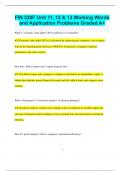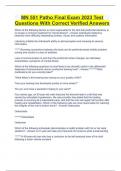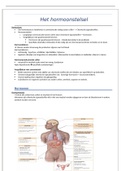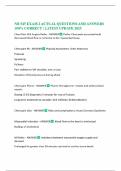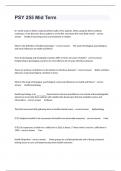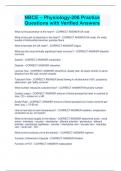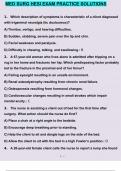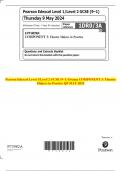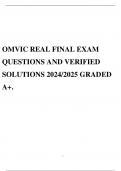Exam (elaborations)
FIN 320F Unit 11, 12 & 13 Working Words and Application Problems Graded A+
- Course
- Institution
FIN 320F Unit 11, 12 & 13 Working Words and Application Problems Graded A+ What is "economic value added" (EVA) and how is it calculated? Economic value added (EVA) is calculated by subtracting the company's cost of capital from its net operating profit after taxes (NOPAT). It measures a com...
[Show more]
